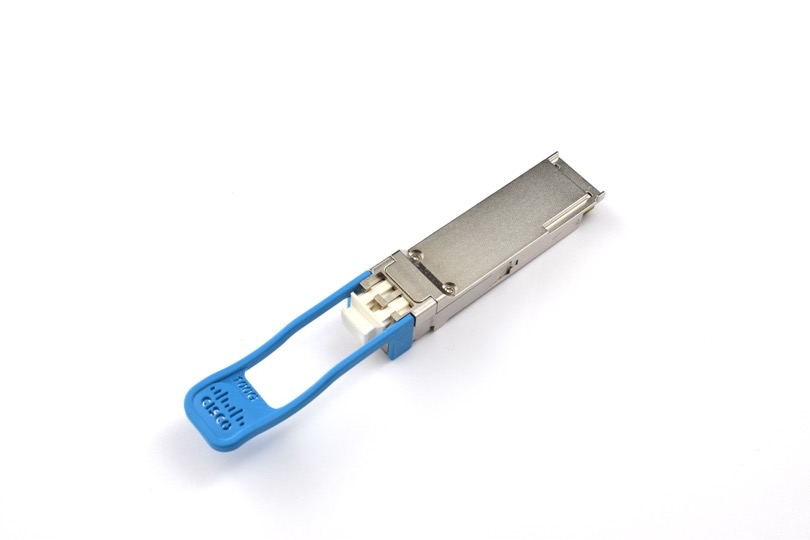- ServiceNow to acquire Logik.ai to boost CRM portfolio
- Mechanical Orchard taps gen AI for mainframe-to-cloud modernization
- How Bill Gates, the Altair 8800 and BASIC propelled me into the PC revolution
- These wireless headphones are an audiophile's dream - and my new all-time favorite
- 11 Samsung Galaxy phone settings I always change right away - here's why
Happy to go beyond standards again with the 25km ER-Lite 100G optic – Cisco Blogs

You may have seen us touting our new generation of 100G SMF pluggable optics, called “Single-Lambda 100G“. The last product we introduced was the 100G LR, which provides a 10km reach. We’ve now finalized the portfolio with the 100G ER-Lite.
The reach of ER-Lite is 25km. So it can support links between a company’s campuses, between campuses of a data center cluster, and fronthaul or backhaul links in a wireless network. It’s great for when LR’s 10km reach is not sufficient, and the 40km reach of our ER4-Lite is not needed.
Like 100G LR, 100G ER-Lite complies with a Single-Lambda 100G MSA specification, in the latter case “LR1-20.” Notice the number 20 in the name of the spec. It’s actually a 20km reach specification. But the Cisco 100G ER-Lite offers a 25km reach when used at both ends of the optical link. We get this extra 5km thanks to the famously clean modulator we’ve demonstrated at OFC in the past. Read about it here and watch a video about it here.
What if you pair Cisco’s ER-Lite with another vendor’s LR1-20 compliant module at the other end of the fiber? It will still support the MSA’s 20km reach, limited by the non-Cisco end.
As with all of Cisco’s single-lambda 100G QSFP28 optics, ER-Lite has a special chip inside. It uses PAM4 modulation to send the 100G data stream optically with a single laser source. In contrast, most of the earlier 100G optics send four streams of 25G NRZ either on four separate pairs of fiber, or with four lasers on a single fiber pair multiplexed by wavelength.
And that same internal chip incorporates a stronger FEC (Forward Error Correction) algorithm than what is typically available on the host switch/router/server. So don’t forget to turn off that host FEC!
Subscribe to the Cisco Optics blog
Listen to the Cisco Optics Podcast
Watch the Cisco Optics YouTube playlist
Share:

